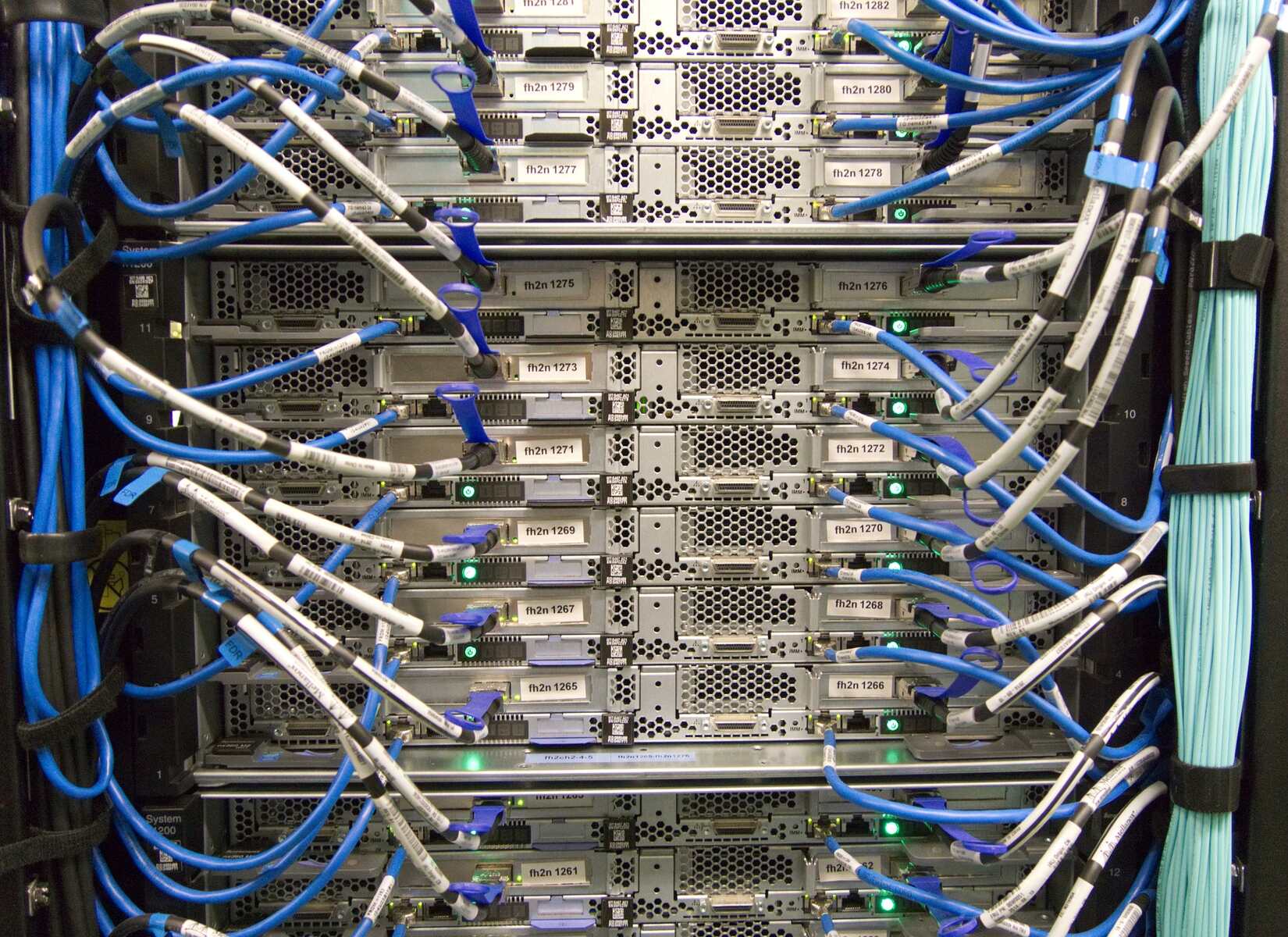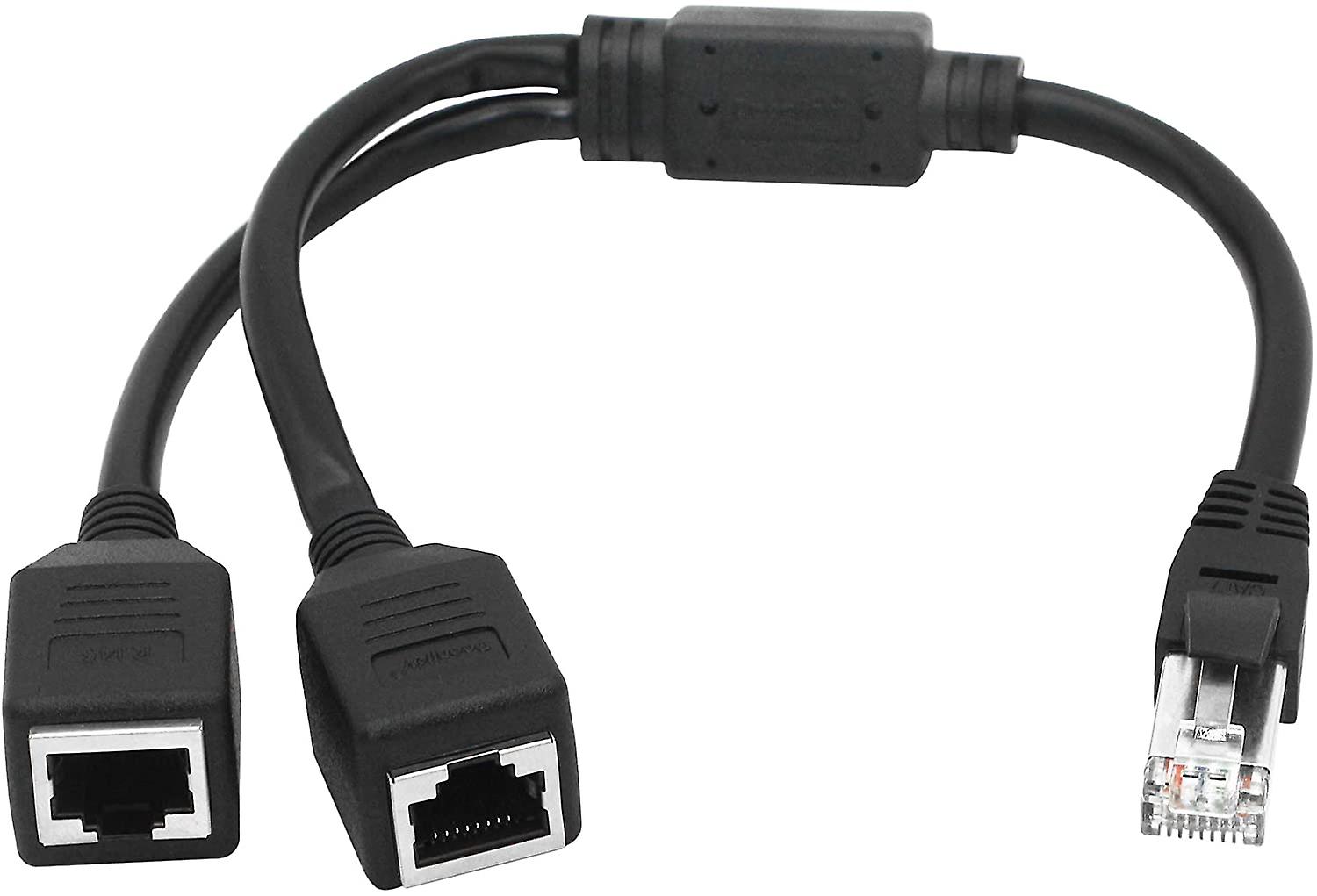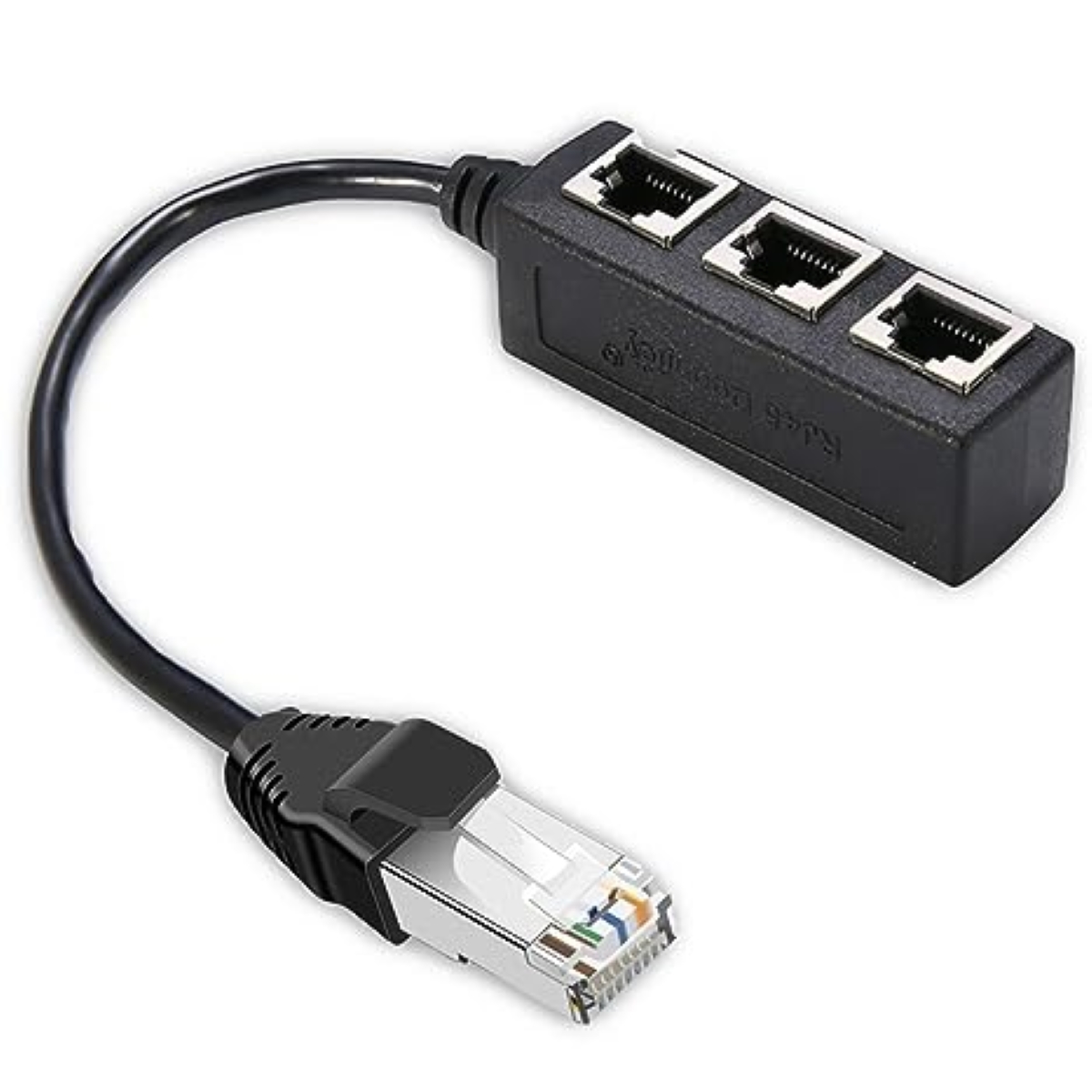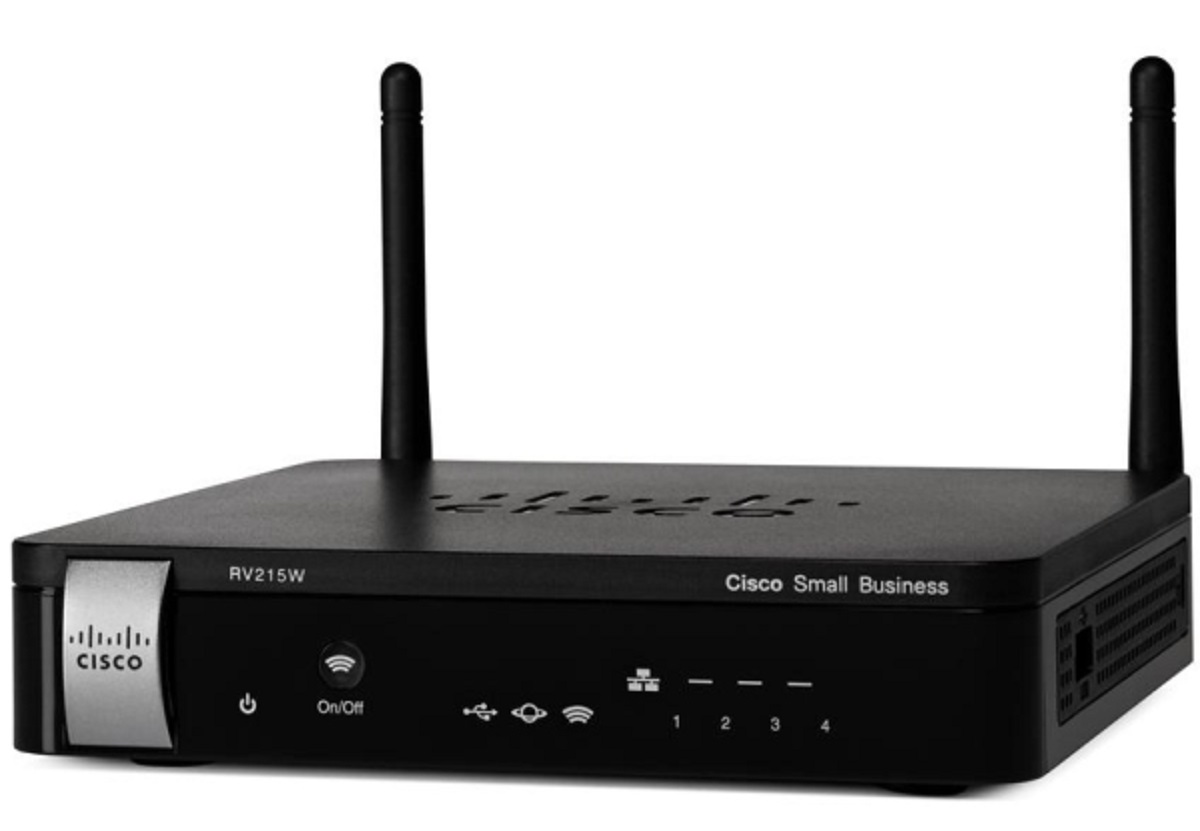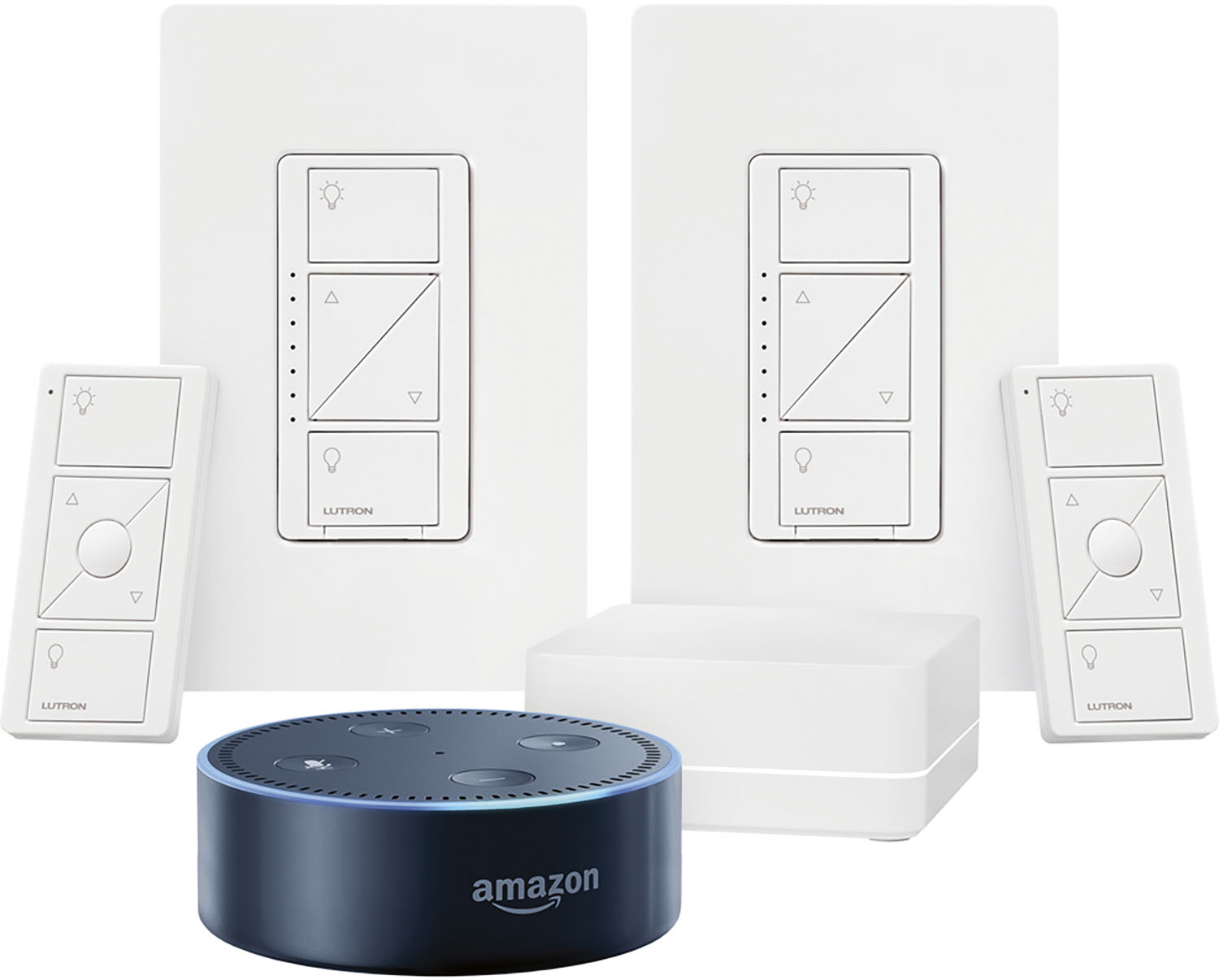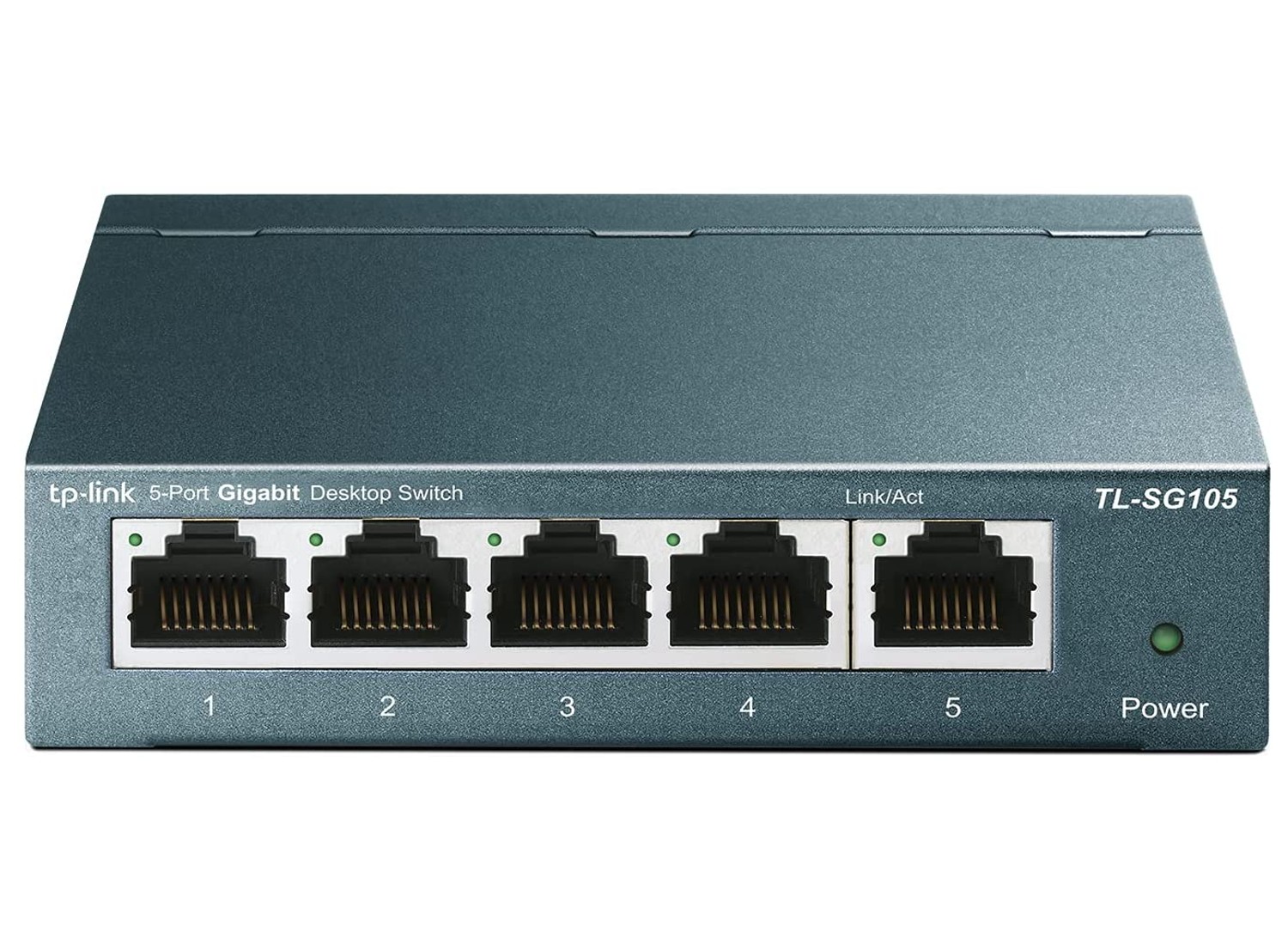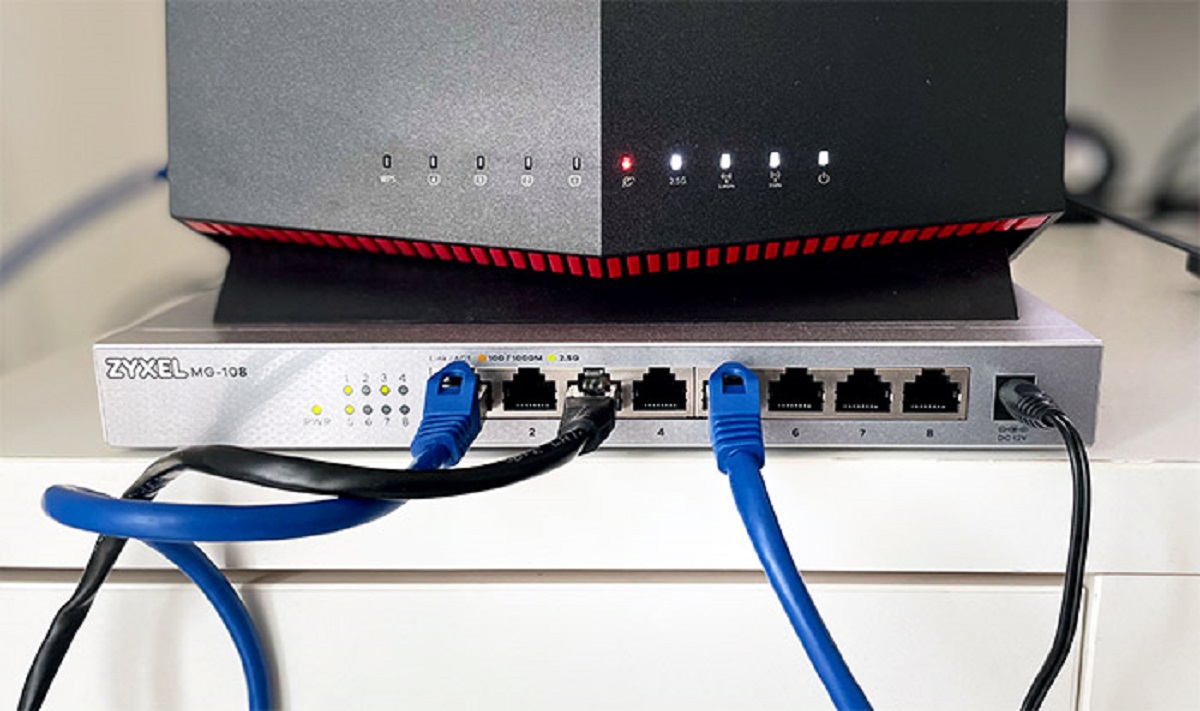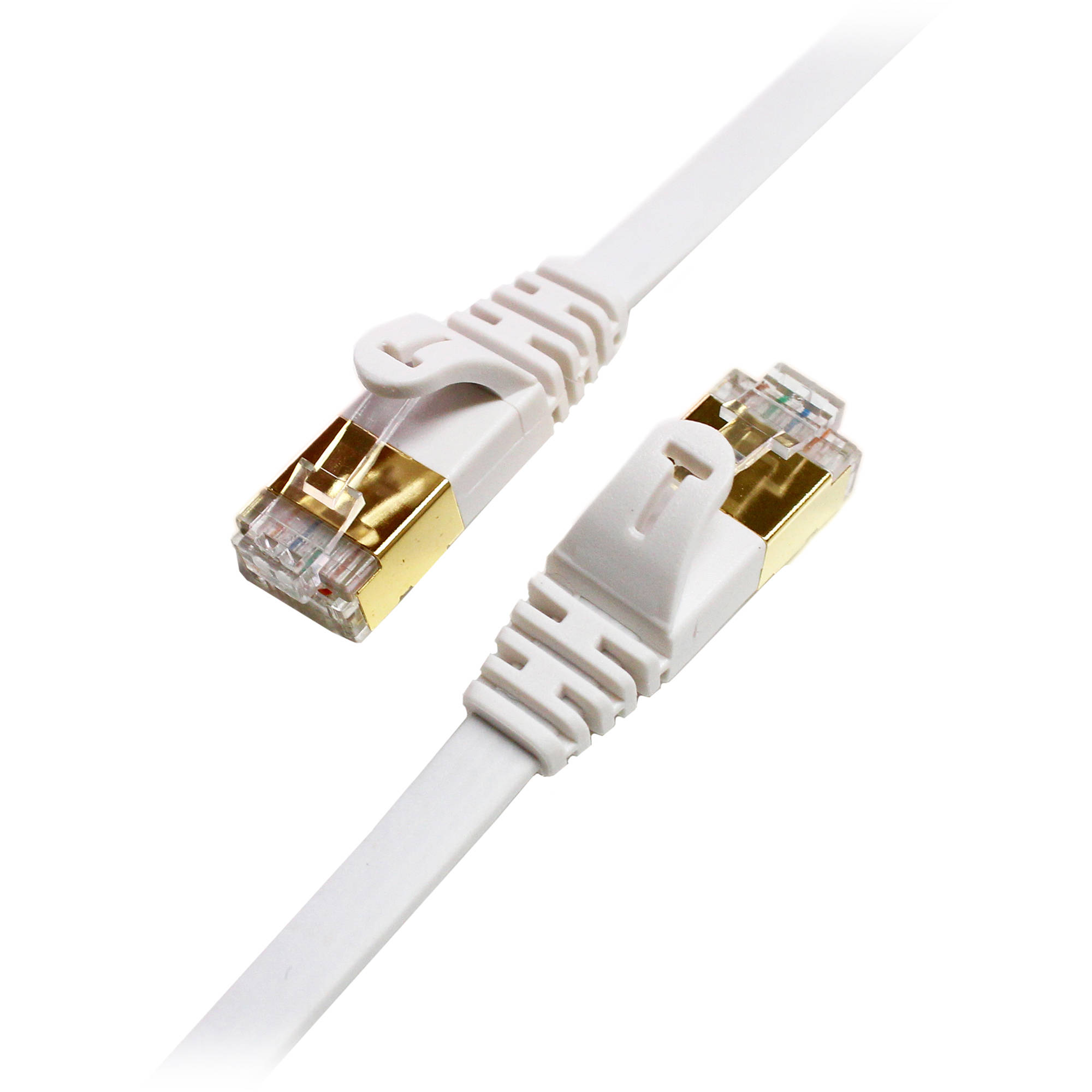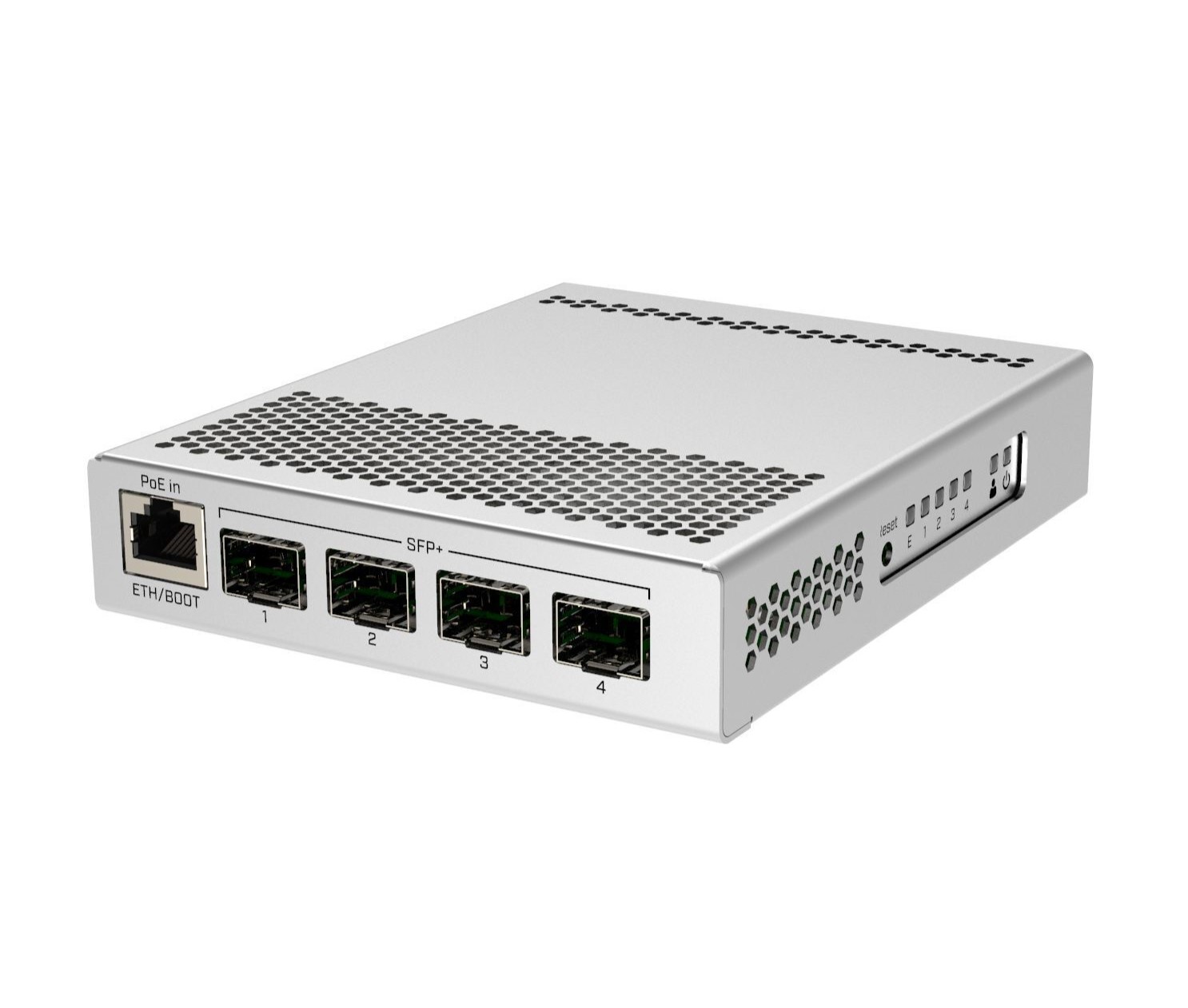Introduction
Welcome to the world of networking, where devices are interconnected to facilitate seamless communication and data transfer. In this digital era, networking forms the backbone of our interconnected world, enabling the exchange of information and resources. At the heart of networking infrastructure lies a crucial component known as a network switch. Understanding the functioning of a network switch is essential for comprehending the intricate web of connections that underpin our modern digital landscape.
Network switches play a pivotal role in directing data traffic within a network, ensuring that information is efficiently and accurately transmitted to its intended destination. These devices have revolutionized the way data is routed, providing a reliable and high-speed means of communication within local area networks (LANs) and larger network infrastructures.
As we delve into the workings of a network switch, we will explore its various types, advantages, and disadvantages, shedding light on the pivotal role it plays in modern networking. Whether you are a budding IT enthusiast, a seasoned network administrator, or simply curious about the technology that powers our digital interactions, this exploration of network switches promises to unveil the inner workings of these indispensable networking devices. Let's embark on a journey to unravel the mysteries of network switches and gain a deeper understanding of their significance in the digital realm.
What is a Network Switch?
A network switch is a fundamental networking device that operates at the data link layer of the OSI (Open Systems Interconnection) model. It serves as a central connection point for various devices within a network, facilitating the seamless transmission of data packets. Unlike a hub, which broadcasts data to all connected devices, a network switch intelligently forwards data only to the specific recipient device, enhancing network efficiency and security.
Network switches come in various sizes and configurations, catering to the diverse networking needs of organizations, businesses, and individuals. These devices are equipped with multiple ports, each serving as a connection point for network-enabled devices such as computers, printers, servers, and other networking equipment. By utilizing these ports, network switches enable the establishment of a robust and interconnected network infrastructure, fostering efficient data exchange and resource sharing.
Furthermore, network switches are designed to support different network speeds, ranging from traditional Ethernet (10 Mbps) to Gigabit Ethernet (1 Gbps) and beyond, ensuring compatibility with a wide array of devices and accommodating the increasing demand for high-speed data transfer. Additionally, modern network switches often feature advanced functionalities such as Quality of Service (QoS) support, VLAN (Virtual Local Area Network) segmentation, and Power over Ethernet (PoE) capabilities, enhancing the versatility and performance of the network infrastructure.
As the cornerstone of modern networking, network switches play a crucial role in optimizing data flow, minimizing network congestion, and providing a reliable platform for communication and resource sharing. Their versatility and scalability make them indispensable components in the construction of robust and efficient network environments, serving as the nerve center that orchestrates the seamless exchange of data within a network.
How Does a Network Switch Work?
At its core, a network switch operates by utilizing MAC (Media Access Control) addresses to intelligently forward data packets to their intended destinations. When a device connected to the switch sends data, the switch examines the destination MAC address of the data packet and references its internal MAC address table to determine the appropriate port through which the data should be forwarded. This process, known as MAC address learning, allows the switch to build a comprehensive understanding of the devices connected to each port, enabling efficient data transmission within the network.
Upon receiving a data packet, the switch analyzes the destination MAC address and compares it to its MAC address table. If the destination address is already present in the table, the switch forwards the data packet directly to the corresponding port, minimizing unnecessary broadcast traffic and optimizing network performance. In cases where the destination address is not yet recorded in the MAC address table, the switch employs a process known as flooding, where the data packet is broadcast to all connected ports except the originating port, ensuring that the intended recipient receives the data.
Additionally, modern network switches often incorporate advanced features such as VLAN support, which enables the segmentation of a single physical network into multiple virtual networks, enhancing network security and efficiency. Quality of Service (QoS) capabilities allow switches to prioritize certain types of data traffic, ensuring that time-sensitive applications such as voice and video communication receive the necessary network resources for smooth operation.
Furthermore, the advent of Power over Ethernet (PoE) technology has empowered network switches to deliver power to connected devices such as IP cameras, wireless access points, and VoIP phones through the same Ethernet cable used for data transmission. This integration of power and data transmission streamlines network deployment and reduces the need for additional power sources, adding a layer of convenience and cost-effectiveness to network infrastructure.
By harnessing these mechanisms and functionalities, network switches orchestrate the seamless flow of data within a network, optimizing performance, enhancing security, and accommodating the diverse networking needs of modern organizations and individuals.
Types of Network Switches
Network switches are available in various types, each tailored to specific networking requirements and environments. Understanding the distinct characteristics and functionalities of these switch types is crucial for selecting the most suitable option to meet the unique demands of a network infrastructure. Some common types of network switches include:
- Unmanaged Switches: Unmanaged switches are basic, plug-and-play devices that operate without the need for configuration. They are ideal for small-scale deployments and home networks, offering simple connectivity without the complexities of advanced features.
- Managed Switches: Managed switches provide advanced features and granular control over network operations. They offer capabilities such as VLAN configuration, Quality of Service (QoS) settings, and network monitoring, making them suitable for enterprise environments and complex networking setups.
- Layer 2 Switches: Layer 2 switches operate at the data link layer of the OSI model and are capable of forwarding traffic based on MAC addresses. They are essential for building local area networks (LANs) and establishing efficient data exchange within network segments.
- Layer 3 Switches: Layer 3 switches, also known as multilayer switches, possess the capabilities of Layer 2 switches while adding support for network layer (Layer 3) routing. These switches can make routing decisions based on IP addresses, enabling them to interconnect multiple network segments and facilitate inter-VLAN communication.
- Stackable Switches: Stackable switches are designed to be interconnected and operated as a single, unified switch unit. This stacking capability simplifies management and enhances scalability, making them suitable for expanding network infrastructures while maintaining centralized control.
- Modular Switches: Modular switches offer flexibility through interchangeable components such as interface modules and power supplies. This modularity allows for customization based on specific networking needs, accommodating diverse connectivity requirements and future expansion.
Each type of network switch brings its own set of advantages and functionalities to the table, catering to the diverse needs of organizations, businesses, and individuals seeking to establish robust and efficient network infrastructures.
Advantages of Using a Network Switch
Network switches offer a myriad of advantages that contribute to the efficiency, security, and scalability of network infrastructures. Understanding these advantages is essential for appreciating the pivotal role that network switches play in modern networking environments. Some prominent advantages of using network switches include:
- Enhanced Performance: Network switches facilitate direct communication between devices, minimizing network congestion and optimizing data transfer speeds. By intelligently forwarding data only to the intended recipient, switches significantly improve network performance and reduce latency, resulting in a smoother and more responsive network experience.
- Improved Security: Unlike hubs, which broadcast data to all connected devices, network switches selectively deliver data packets to the specific destination based on MAC addresses. This inherent capability enhances network security by preventing unauthorized access to data, reducing the risk of eavesdropping and unauthorized interception of sensitive information.
- Segmentation and VLAN Support: Network switches support VLAN segmentation, allowing the creation of isolated network segments within a single physical network. This segmentation enhances network security, isolates broadcast domains, and facilitates efficient resource allocation, catering to the diverse needs of organizations with varying network requirements.
- Quality of Service (QoS) Capabilities: Many network switches feature Quality of Service functionality, enabling the prioritization of specific types of data traffic. This capability ensures that critical applications such as voice and video communication receive the necessary network resources, guaranteeing a seamless and uninterrupted user experience for time-sensitive applications.
- Scalability and Flexibility: Network switches offer scalability, allowing for the expansion of network infrastructure by adding more devices and accommodating increasing data traffic. Additionally, modular and stackable switch designs provide flexibility and ease of management, empowering organizations to adapt their networks to evolving demands and technological advancements.
- Centralized Management and Control: Managed network switches provide centralized control and monitoring capabilities, enabling administrators to configure, manage, and troubleshoot network operations from a unified interface. This centralized management streamlines network administration, simplifies troubleshooting, and enhances overall network efficiency.
These advantages collectively underscore the pivotal role of network switches in fostering efficient, secure, and adaptable network infrastructures, making them indispensable components in the modern digital landscape.
Disadvantages of Using a Network Switch
While network switches offer a multitude of benefits, it is important to acknowledge the potential drawbacks associated with their implementation and usage. Understanding these disadvantages can provide valuable insights into the considerations and challenges that organizations and individuals may encounter when deploying network switches. Some notable disadvantages of using network switches include:
- Cost: Deploying and maintaining network switches, especially advanced managed switches with extensive features, can entail significant initial and ongoing costs. This financial investment may pose a challenge for budget-constrained organizations and individuals seeking to establish or expand their network infrastructure.
- Complexity: Managed network switches, while offering advanced functionalities, may introduce complexity in terms of configuration, management, and troubleshooting. The need for skilled IT personnel to effectively operate and maintain these switches can be a barrier for smaller organizations or individuals with limited technical expertise.
- Single Point of Failure: In some network configurations, a single network switch failure can disrupt the entire network, leading to downtime and potential loss of productivity. Redundancy measures such as implementing backup switches or employing resilient network designs are essential to mitigate this risk.
- Over-Provisioning: In larger network environments, the improper allocation of switch ports or excessive provisioning of network resources can lead to underutilization and inefficient resource allocation. Careful planning and periodic assessment of network requirements are crucial to avoid over-provisioning and optimize resource utilization.
- Vendor Lock-In: Depending on the chosen network switch vendor and the proprietary features or protocols they offer, organizations may face limitations in interoperability and flexibility when integrating switches from different manufacturers. This vendor lock-in can restrict the freedom to adopt diverse networking solutions and technologies.
- Security Vulnerabilities: While network switches enhance network security through selective data forwarding, they are not immune to security vulnerabilities such as firmware exploits or configuration weaknesses. Regular security updates, adherence to best practices, and proactive security measures are essential to mitigate potential security risks.
By acknowledging these disadvantages, organizations and individuals can make informed decisions regarding the deployment, management, and optimization of network switches, effectively addressing potential challenges and maximizing the benefits of these essential networking components.
Conclusion
Network switches stand as the cornerstone of modern networking, providing the essential infrastructure for seamless data transmission, efficient resource sharing, and secure communication within network environments. Their versatility, advanced functionalities, and pivotal role in optimizing network performance underscore their significance in the digital realm.
By understanding the inner workings of network switches, including their operation based on MAC addresses, support for VLAN segmentation, and Quality of Service (QoS) capabilities, individuals and organizations can harness the full potential of these devices to build robust and adaptable network infrastructures.
While network switches offer a multitude of advantages, such as enhanced performance, improved security, and scalability, it is important to be mindful of potential drawbacks, including cost considerations, complexity, and security vulnerabilities. By addressing these challenges and leveraging the strengths of network switches, organizations and individuals can build resilient and efficient network infrastructures that cater to their unique networking requirements.
As technology continues to evolve and networking demands grow, the role of network switches will remain pivotal in shaping the interconnected digital landscape. From unmanaged switches for simple home networks to advanced managed switches for enterprise environments, the diverse array of network switch types and their inherent capabilities empower users to construct reliable, secure, and high-performance network infrastructures.
Ultimately, the journey of unraveling the intricacies of network switches unveils their indispensable nature in the realm of networking, serving as the linchpin that orchestrates the seamless flow of data and resources, driving connectivity and innovation in the digital age.







